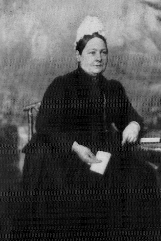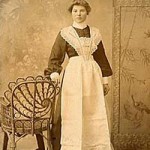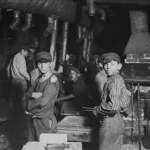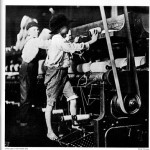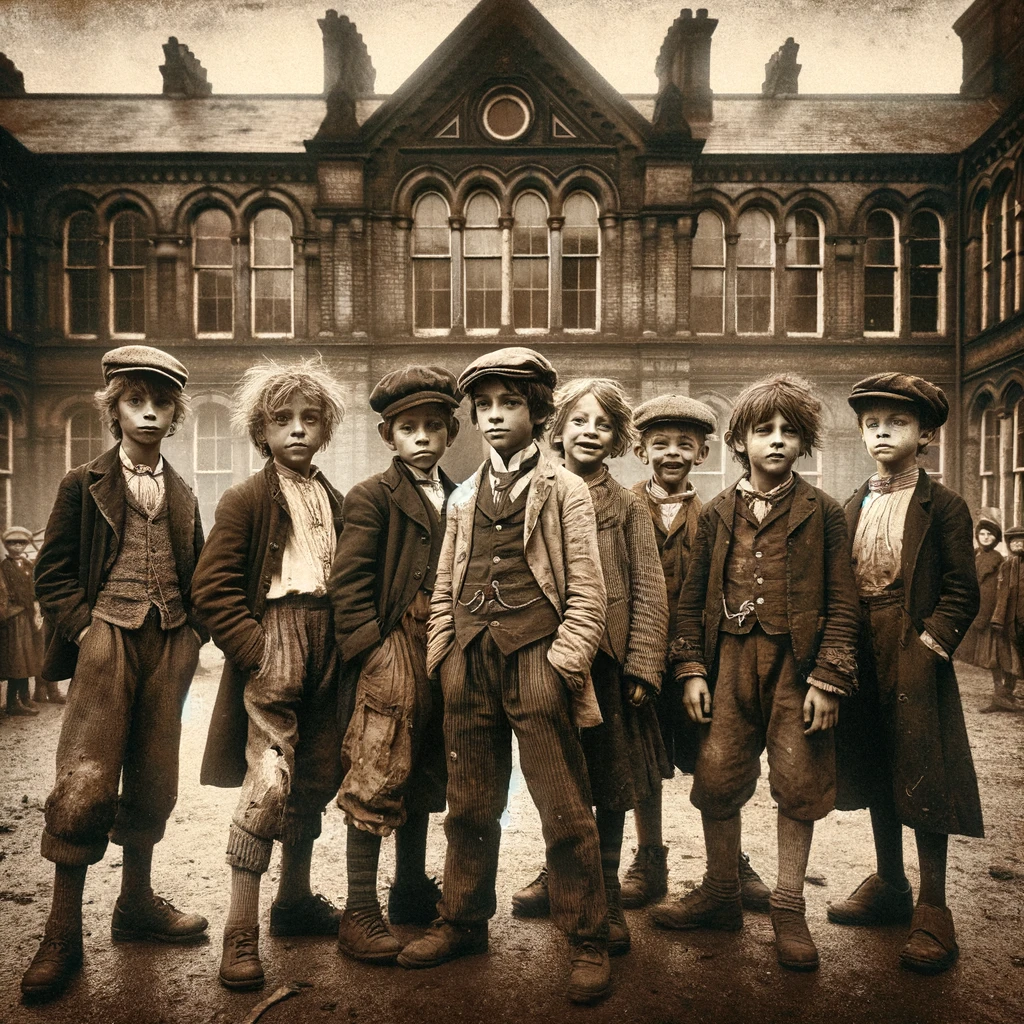
A Look into how Victorian Children Lived, Played, Worked and Survived
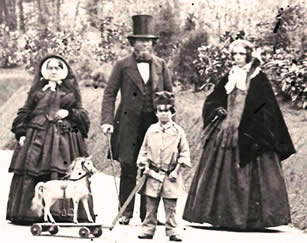
Life for Victorian Children in Victorian times (1830 to 1900) was nothing like childhood in today’s world. For the wealthy there was an overwhelming sense of boredom and the constant prodding to be proper and polite with very little parent to child communication. For the poor Victorian Children life was much different. The poor children had to work public jobs for their families to survive. Toys were nothing more than homemade dolls or wooden blocks. On the other hand their family life was tighter knit and more loving.
Wealthy Victorian Children
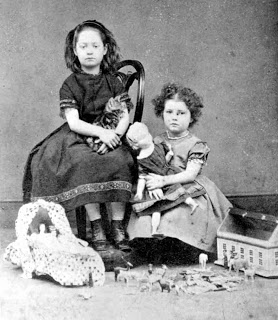
While the wealthy children may have been spoiled and had a much better life than the poor children, they also had what would seem to be a sad, redundant and affection-less existence.
Children were mostly raised by a nanny who would teach the child what was proper and what was not. Day to day living was nothing more than a lonely monotonous routine and very formal.
Wealthy Victorian Children rarely communicated with their parents except for a specified time each day.
~Winston Churchill once said that he could “count the times he had been hugged by his mother” as a child~
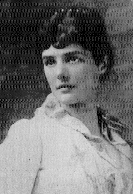
Parents would hire a nanny or nurse to do the brunt of the child rearing. They would instruct the nanny what they wanted to have instilled into their children such as manners, education, propriety, how to dress and so on. The nanny was in effect a substitute parent.
When we think of nannies in Victorian times it is only natural to think of a cheerful loving young lady who went to the local community college and got a degree in child development. For the most part this was not the reality for wealthy Victorian Children.
Nannies were usually older women that had never been married. You can imagine that there might have been a chip on their shoulder towards children since in those days not being married meant no children. Many times nannies were intolerant and very strict and sometimes plain mean.
Albeit, there were some nannies who were kind and caring and supplied the only love a child would experience. They would do the extra things to brighten a child’s life such as playing games with them or fixing special meals on their birthday…etc.
Poor Victorian Children
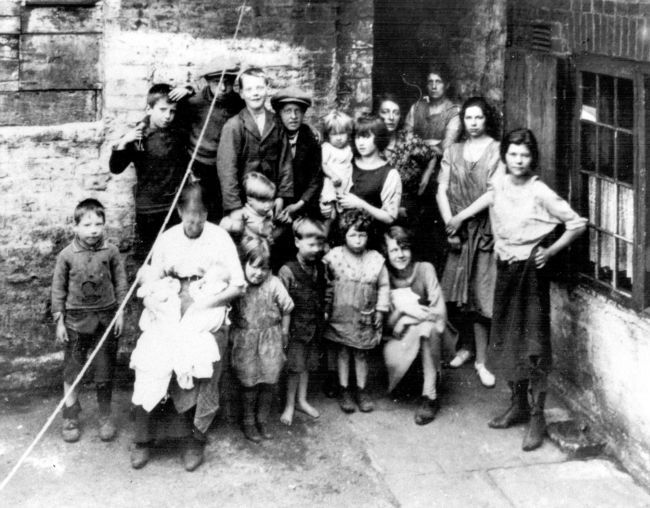
The poor Victorian Children lived a very different life than the children of wealthier families. They didn’t have the nice houses to live in or the extravagant toys, clothes or fine foods that the rich kids had. They lived in much smaller houses or even single rooms.
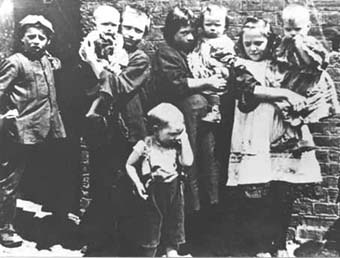
Living in these tight quarters caused the family to be much closer. Without the presence of a nanny the parents raised the children and were the guiding force in their lives. This did not always translate to a more loving atmosphere though. Since a large part of the poor children had to work public jobs to help support their families many parents thought of children as income, and having more children who worked raised the income of the home. Many parents had 10 or 12 or even more children for this reason alone.
How old did children have to be to work in Victorian Times?
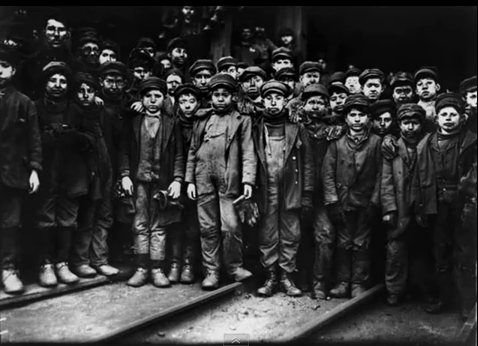
Victorian children would be made to go to work at a very young age. As unbelievable as it sounds, sometimes even 4 or 5 years old. Actually this was not unique only to the Victorian age, children had been expected to work for centuries before this.
They worked very hard and for long hours every day. On the job safety was not a major concern and they were expected to work in filthy conditions many times. They really had no choice in the matter. Their parents made them work to help pay the bills at home.
What types of jobs did they do?
Because they were considered cheap labor Victorian children were in high demand for many types of jobs including mining, factory work, street sweepers, clothing and hat makers, chimney sweeps, farming, textile mills, servants, and sadly, prostitution. As you may have already noticed, the British had very little regard for children.
A further look into child labour and working conditions can be found here.
~The Society for the prevention of cruelty to animals was created in 1824. Which was 67 years before the Society for the Prevention of Cruelty to Children, which was created in 1891~
What Conditions Did They Have To Work In?
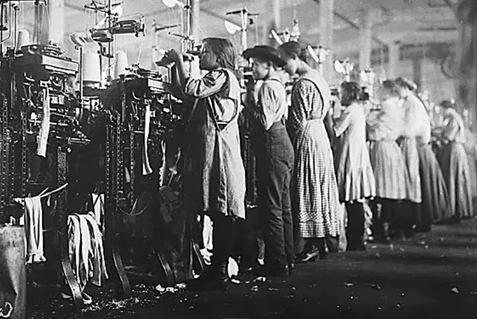
Working conditions for children of the Victorian age were dreadful. OSHA (Occupational Safety and Health Administration) or anything faintly resembling an organization for safe working conditions did not exist. The Factory Act was established in 1833 disallowing children under the age of nine to work in factories.
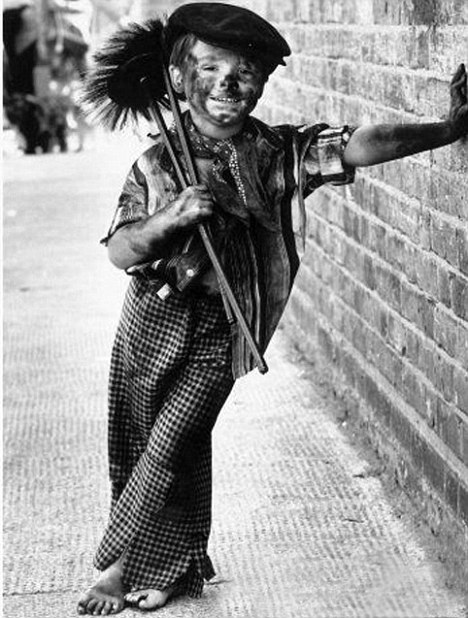
5 to 9 year old Chimney sweeps would come out of a chimney covered from head to toe with soot. Their arms, legs, elbows and knees would be bleeding, only to be washed off with salt water and sent up another chimney.
Children working in factories worked in dangerous situations for long hours, 14 to 18 hours a day. Occupational death was not uncommon for working Victorian children. There small size made them ideal for crawling into the tight spaces in, around or under machines, sometimes while the machines were still running since it would hinder production if a machine were turned off.
Victorian Street Children
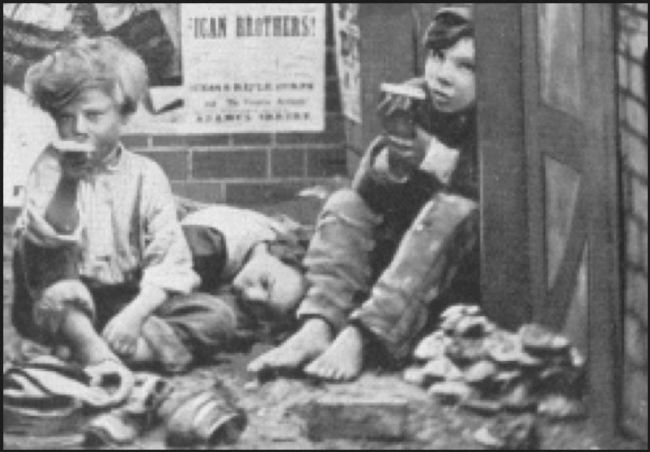
Street children in Victorian times were found in abundance living in alleys or side streets. Many were orphans but a large part of the street children were from neglectful, alcoholic families where abuse was the norm. Faced with the choice of living in these conditions or living on the street some children chose the street. Many of these children fell prey to prostitution and thieving to support themselves. Others became street sellers or actually worked public jobs like other children.
Thankfully, a philanthropy movement invigorated by exceptional people like Dr. Barnardo took aim toward the plight of children in these circumstance, and children of the slums. Other philanthropists too, but particularly Barnardo, put great effort into providing housing, food and education to the poorest children. The hope was to bring them into society as valuable members, with a chance at a life, of being value to society. To turn them away from crime and a live of dire prospects, to a life of hope and chance.
Published By Paxton Price on: Dec 11, 2012
Sources:
The BBC
The Museum Of London
Mandy Barrow
